Trigonometrical Ratios of (90° + θ)
What is the relation among all the trigonometrical ratios of (90° + θ)?
In trigonometrical ratios of angles (90° + θ) we will find the relation between all six trigonometrical ratios.
Let a rotating line OA rotates about O in the anti-clockwise direction, from initial position to ending position makes an angle ∠XOA = θ again the same rotating line rotates in the same direction and makes an angle ∠AOB =90°.
Therefore we see that, ∠XOB = 90° + θ.
Take a point C on OA and draw CD perpendicular to OX or OX’.
Again, take a point E on OB such that OE = OC and draw EF perpendicular to OX or OX’. From the right-angled ∆ OCD and ∆ OEF we get,
∠COD = ∠OEF [since OB ⊥ OA]
and OC = OE.
Therefore, ∆ OCD ≅ ∆ OEF (congruent).
Therefore according to the definition of trigonometric sign, OF = - DC, FE = OD and OE = OC
We observe that in diagram 1 and 4 OF and DC are opposite signs and FE, OD are either both positive. Again we observe that in diagram 2 and 3 OF and DC are opposite signs and FE, OD are both negative.
According to the definition of trigonometric ratio we get,
sin (90° + θ) = FEOE
sin (90° + θ) = ODOC, [FE = OD and OE = OC, since ∆ OCD ≅ ∆ OEF]
sin (90° + θ) = cos θ
cos (90° + θ) = OFOE
cos (90° + θ) = −DCOC, [OF = -DC and OE = OC, since ∆ OCD ≅ ∆ OEF]
cos (90° + θ) = - sin θ.
tan (90° + θ) = FEOF
tan (90° + θ) = OD−DC, [FE = OD and OF = - DC, since ∆ OCD ≅ ∆ OEF]
tan (90° + θ) = - cot θ.
Similarly, csc (90° + θ) = \frac{1}{sin (90° + \Theta)}
csc (90° + θ) = \frac{1}{cos \Theta}
csc (90° + θ) = sec θ.
sec (90° + θ) = \frac{1}{cos (90° + \Theta)}
sec (90° + θ) = \frac{1}{- sin \Theta}
sec (90° + θ) = - csc θ.
and cot (90° + θ) = \frac{1}{tan (90° + \Theta)}
cot (90° + θ) = \frac{1}{- cot \Theta}
cot (90° + θ) = - tan θ.
Solved examples:
1. Find the value of sin 135°.
Solution:
sin 135° = sin (90 + 45)°
= cos 45°; since we know, sin (90° + θ) = cos θ
= \frac{1}{√2}
2. Find the value of tan 150°.
Solution:
tan 150° = tan (90 + 60)°
= - cot 60°; since we know, tan (90° + θ) = - cot θ
= \frac{1}{√3}
● Trigonometric Functions
- Basic Trigonometric Ratios and Their Names
- Restrictions of Trigonometrical Ratios
- Reciprocal Relations of Trigonometric Ratios
- Quotient Relations of Trigonometric Ratios
- Limit of Trigonometric Ratios
- Trigonometrical Identity
- Problems on Trigonometric Identities
- Elimination of Trigonometric Ratios
- Eliminate Theta between the equations
- Problems on Eliminate Theta
- Trig Ratio Problems
- Proving Trigonometric Ratios
- Trig Ratios Proving Problems
- Verify Trigonometric Identities
- Trigonometrical Ratios of 0°
- Trigonometrical Ratios of 30°
- Trigonometrical Ratios of 45°
- Trigonometrical Ratios of 60°
- Trigonometrical Ratios of 90°
- Trigonometrical Ratios Table
- Problems on Trigonometric Ratio of Standard Angle
- Trigonometrical Ratios of Complementary Angles
- Rules of Trigonometric Signs
- Signs of Trigonometrical Ratios
- All Sin Tan Cos Rule
- Trigonometrical Ratios of (- θ)
- Trigonometrical Ratios of (90° + θ)
- Trigonometrical Ratios of (90° - θ)
- Trigonometrical Ratios of (180° + θ)
- Trigonometrical Ratios of (180° - θ)
- Trigonometrical Ratios of (270° + θ)
- Trigonometrical Ratios of (270° - θ)
- Trigonometrical Ratios of (360° + θ)
- Trigonometrical Ratios of (360° - θ)
- Trigonometrical Ratios of any Angle
- Trigonometrical Ratios of some Particular Angles
- Trigonometric Ratios of an Angle
- Trigonometric Functions of any Angles
- Problems on Trigonometric Ratios of an Angle
- Problems on Signs of Trigonometrical Ratios
11 and 12 Grade Math
From Trigonometrical Ratios of (90° + θ) to HOME PAGE
Didn't find what you were looking for? Or want to know more information about Math Only Math. Use this Google Search to find what you need.
Recent Articles
-
Worksheet on Comparing and Ordering Decimals |Arranging Decimals
Apr 18, 25 01:14 PM
Practice different types of math questions given in the worksheet on comparing and ordering decimals. This worksheet contains questions mainly related to compare decimals and then place the decimals i… -
Decimal Place Value Chart |Tenths Place |Hundredths Place |Thousandths
Apr 18, 25 12:58 PM
Decimal place value chart are discussed here: The first place after the decimal is got by dividing the number by 10; it is called the tenths place. -
Conversion of a Decimal Fraction into a Fractional Number | Decimals
Apr 18, 25 12:28 PM
We will discuss here about the working rule for the conversion of a decimal fraction into a fractional number. The rules of converting decimal number to fraction are -
Conversion of Fractions to Decimals Numbers | Fractions as Decimals
Apr 18, 25 12:06 PM
We will discuss here about the working rule for the conversion of fractions to decimal numbers. The rules for converting fractions with denominators 10, 100, 1000, etc. into decimal fraction -
5th Grade Decimals | Word Problem on Decimals | Concept of Decimals
Apr 18, 25 11:23 AM
A fractional number whose denominator is 10 or multiple of 10 is called a decimal. Every decimal has two parts whole number part and decimal part. These two parts are separated by a dot or point. This…
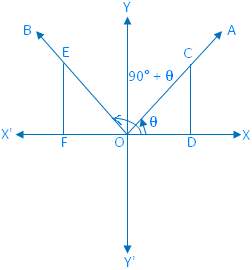
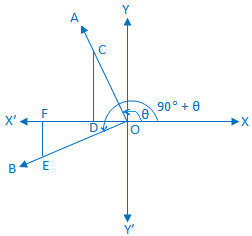
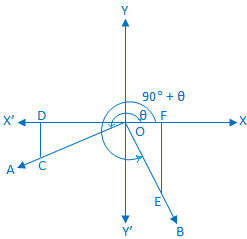
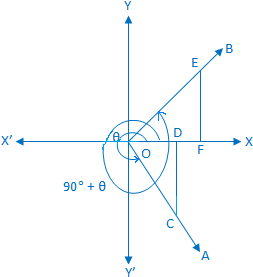

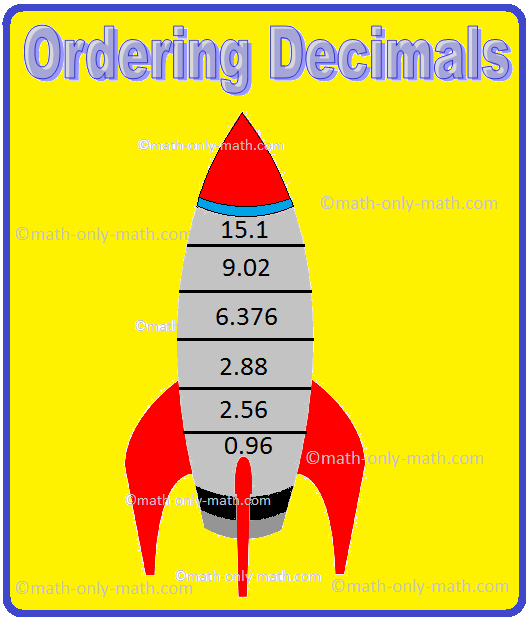


New! Comments
Have your say about what you just read! Leave me a comment in the box below. Ask a Question or Answer a Question.